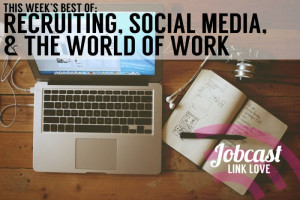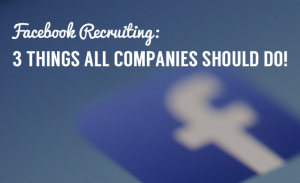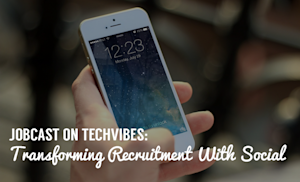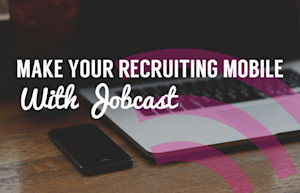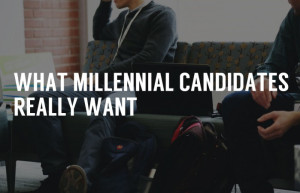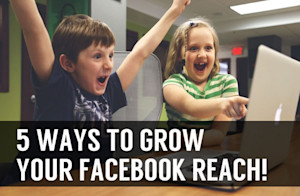If you’re like the majority of HR professionals and recruiters that we meet, then you’ve recently taken on the task of social recruiting.
In today’s candidate-driven market, more companies than ever have turned to social in order to broaden their candidate attraction strategy.
Learning how to effectively and consistently attract qualified candidates via social media is the contemporary HR struggle.
And the struggle is real!
If you, like so many of the people that reach out to us, are struggling to make social recruiting work then these tips are for you.
5 Key Success Factors for Attracting Candidates on Social Media
These are the best practices that we see contribute most to our clients’ achieving their social recruiting goals time and time again.
1) Use photos, pictures, and video
Images boost social media engagement.
Visually appealing content gets more shares, clicks, and favourites than any other kind. So including images with your job posts is a surefire way to attract more applicants.
This is part of a growing trend to make recruitment more like marketing.
Our most successful users add YouTube videos to their Facebook Career Sites, Tweet photos, and share memes to their LinkedIn.
2) Make Your Words Count
Another way in which recruitment is becoming more like marketing is the copy being used for job ads and employer branding.
Boring job ads do not attract candidates.
Smart, engaging copy is what sells your jobs and your employer brand to potential hires.
Use exciting language, be direct, and add humour whenever possible!
Save specific requirements for the job description and focus on key points for your social shares.
Quickly sum up who you are looking for, then focus on why your company should be their first choice, and then finish with a call to action that prompts them to apply ASAP.
This simple formula works for writing effective job posts that convert on social media.
3) Use targeted ad campaigns
Social recruiting can be free, but you’ll get much better results if you’re willing to allocate some funds to Facebook Ads.
Organic reach has declined in response to the growing number of companies flocking to social media.
Targeted ads are the best way to counter this decline.
Take your best content and most important to fill jobs and turn them into targeted ads for Facebook and/or your target candidates’ other main social networks.
These ads will help you reach a huge talent pool that print ads and job boards do not. They will also help grow your employer brand and your social media audience.
If you’re not sure how to get started with social media ads, here’s a paper that explains how to create and use Facebook Ads for social recruiting.
And here’s an excellent blog post by John Loomer explaining how to budget for Facebook Ads.
4) Prioritize mobile
A substantial amount of job seekers conduct their search via mobile device.
71% of social media use is mobile, 86 percent of active candidates use their smartphone to begin a job search, and 70 percent of active candidates want to apply via mobile (Source).
You must make mobile a part of your social recruiting strategy!
Thankfully, all 3 of the previous tips will help you reach mobile job seekers.
Mobile friendly social recruiting is visual, includes short concise copy and employs targeted ads.
Facebook Ads perform 10% higher on mobile devices than they do on desktop and improve CTR (click through rate) by approximately 29 percent.
But, if your application process is not mobile-friendly, then you risk alienating the mobile applicants that your social recruiting strategy attracts.
At Jobcast, we’ve solved this problem by making it possible for applicants to upload resume directly from their Android device or by using Dropbox for iOS.
We also encourage our users to create a social recruiting call to action and pin it to the top of their Facebook Timeline.
Here’s a bit more about how Jobcast makes social recruiting mobile-friendly.
5) Emphasize employer brand
People are more likely to engage with companies that they know and trust.
This is as true for recruiting as it is for marketing.
When job seekers see other people engage with your company online it makes them more inclined to do the same.
This is called social trust and it’s a powerful way get more applications from qualified candidates.
The more recognizable and likeable your online employer brand is the more social trust you’ll build and the more applicants you’ll attract.
To build a recognizable employer brand make sure that all of your branding is consistent.
Use the same company colours, logos, and language for all of the content you share, on all of your social networks, and on your company website.
You’ll also want to share tons of positive content about your company and your employees as well as job posts.
Check out this article for more about what steps you need to take to improve your online employer brand.
If have tips for better social recruiting, please let us know in the comments!
Read More
